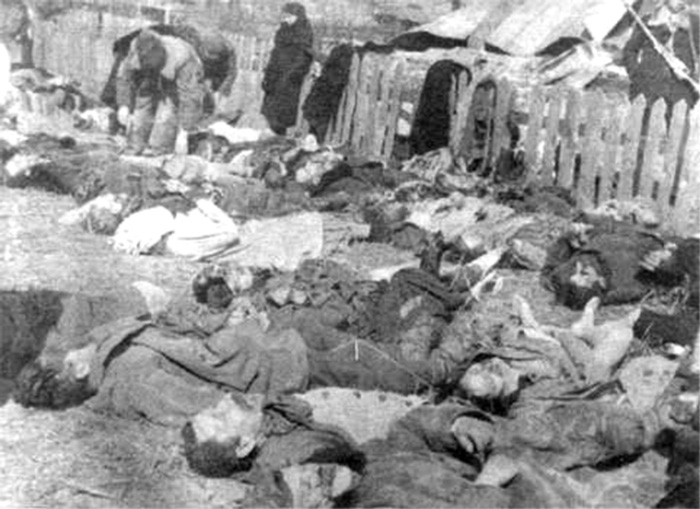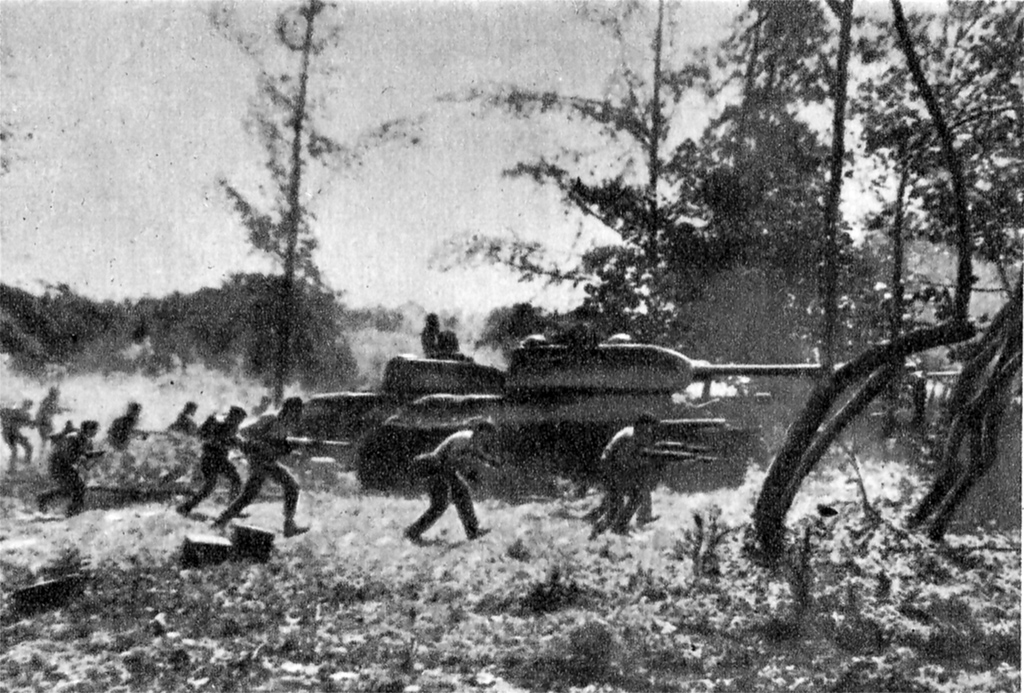The region had been soaked in blood before. Water under the bridge, I suppose... Or maybe the karmic debt is being repaid.


 en.wikipedia.org
en.wikipedia.org

Massacres of Poles in Volhynia and Eastern Galicia - Wikipedia
The massacres of Poles in Volhynia and Eastern Galicia (Polish: rzeź wołyńska, lit. 'Volhynian slaughter'; Ukrainian: Волинська трагедія, romanized: Volynska trahediia, lit. 'Volyn tragedy'), were carried out in German-occupied Poland by the Ukrainian Insurgent Army, or the UPA, with the support of parts of the local Ukrainian population against the Polish minority in Volhynia, Eastern Galicia, parts of Polesia and Lublin region from 1943 to 1945.[4] The peak of the massacres took place in July and August 1943. Most of the victims were women and children.[5] Many of the Polish victims regardless of age or gender were tortured before being killed; some of the methods included rape, dismemberment or immolation, among others.[6] The UPA's actions resulted in between 50,000[1] and 100,000 deaths.[7][8]



According to Timothy Snyder, the ethnic cleansing was a Ukrainian attempt to prevent the post-war Polish state from asserting its sovereignty over Ukrainian-majority areas that had been part of the prewar Polish state.[9] Henryk Komański and Szczepan Siekierka write that the killings were directly linked to the policies of Stepan Bandera's faction of the Organization of Ukrainian Nationalists (OUN-B) and its military arm, the Ukrainian Insurgent Army, whose goal as specified at the Second Conference of the OUN-B on 17–23 February 1943 (March 1943 in some sources) was to purge all non-Ukrainians from the future Ukrainian state.[10][better source needed] The massacres led to a wider conflict between Polish and Ukrainian forces in the German-occupied territories, with the Polish Home Army in Volhynia[11] responding to the Ukrainian attacks in kind, on a much smaller scale.[12][13]
In 2008, the massacres which were committed by the Ukrainian nationalists against the Poles in Volhynia and Galicia were described by Poland's Institute of National Remembrance as bearing the distinct characteristics of a genocide,[14][15] and on 22 July 2016, the Parliament of Poland passed a resolution recognizing the massacres as genocide.[16][17] This classification is disputed by Ukraine and non-Polish historians. According to a 2016 article in Slavic Review, there is a "scholarly consensus that this was a case of ethnic cleansing as opposed to genocide".[18]

